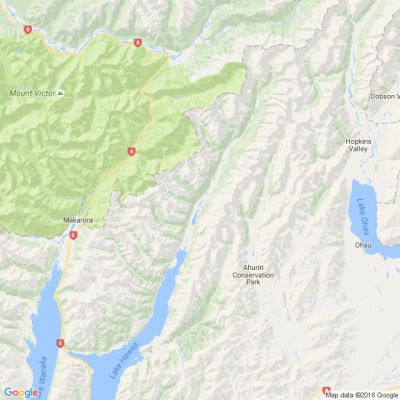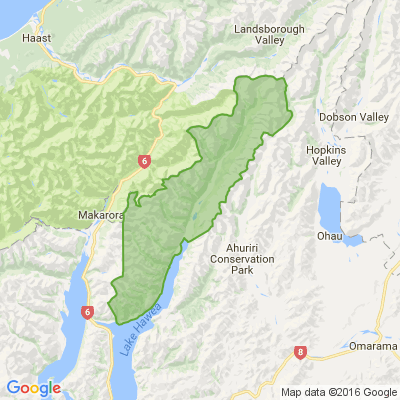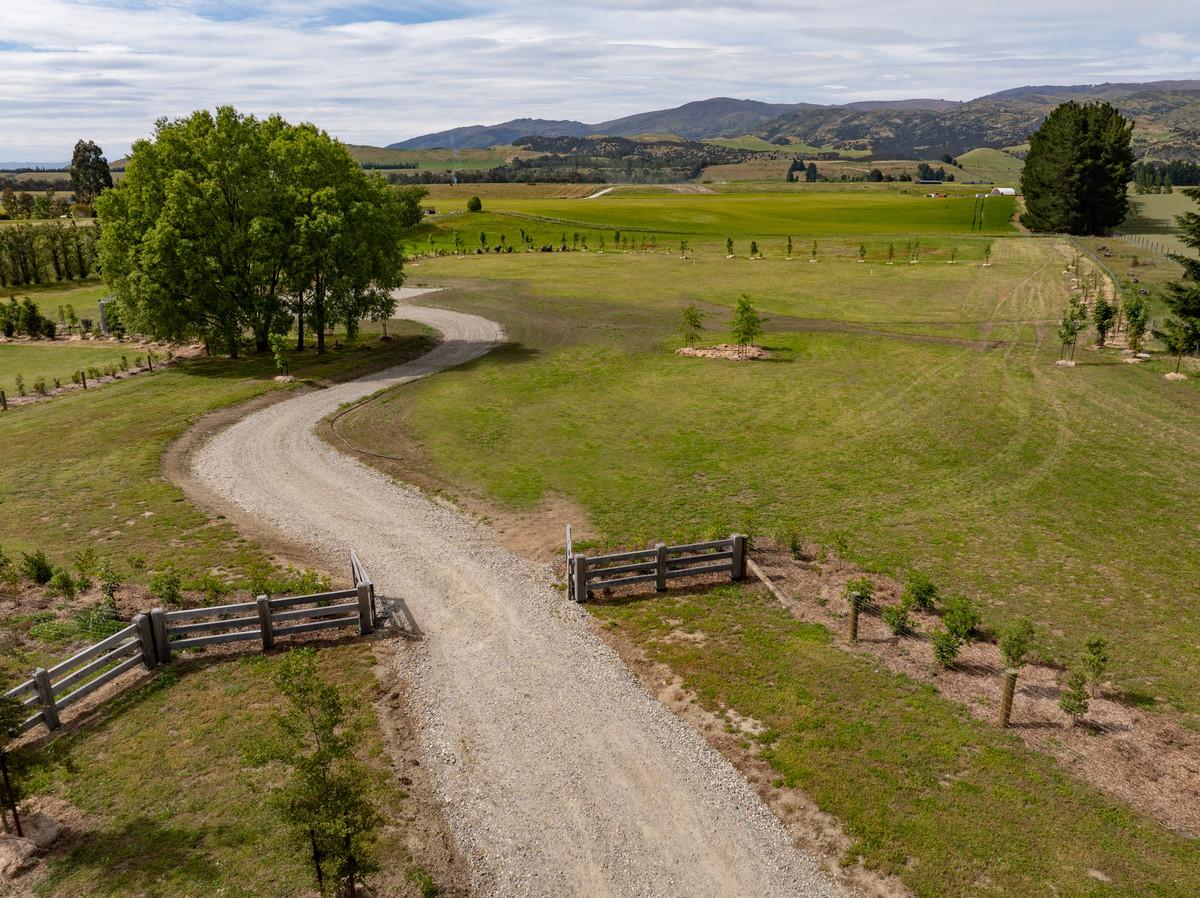The day fire engine-sized boulders smashed down onto a Queenstown road
As boulders the size of fire engines hurtled down the cliff towards him, Dunedin electrician Clive Kirkland knew it was matter of life or death.
It was September 2000, and he was on the second day of a South Island motorbike tour with five mates.
They had spent the previous night in Queenstown and were heading towards Wānaka when they spotted rocks on the road below the towering Nevis Bluff, on State Highway 6.
They stopped to see what was happening and noticed rocks the size of footballs popping out of the cliff face above them.
“It was like someone would spit a berry fruit ... like they were under pressure. It was so amazing to see.”
Two of their group proceeded through the rocks while the rest decided to turn back.
“Then all of a sudden it just opened up, and this big rock slip came pouring down on the road.”
The boom from the collapse was heard across surrounding vineyards and the dust cloud could be seen from 5 kilometres away.
Witnesses described the boulders as being as large as houses. Kirkland said they were the size of fire trucks.
“It was almost time to get off our bikes and run for our lives. It just happened so quick.
“It was life or death.”
When the slip stopped the rocks were piled so high that Kirkland and his friends could not see over them.
Ever since giant boulders fell in 2000, work has been ongoing to stabilise the Nevis Bluff.
“We were sitting there worried about our friends, then one of them came rock climbing over the top of the rocks and waves and says ‘we’re OK’.
“He shouldn’t have gone over there. He was a bit of an adventurer.”
Waka Kotahi estimated about 10,000 cubic metres of rock fell – about a third of a much larger fall in 1975.
After the fall in 2000, it took two weeks for the road between Queenstown and Cromwell to reopen and led to an ongoing monitoring regime, stabilisation work and controlled explosions.
In today’s dollar value, it has so far cost about $23 million to protect a road estimated to be used by nearly 5400 vehicles each day, pre-Covid-19.
A new $1 million project started on Tuesday to remove a massive section of rock from the bluff known as the Yates Feature (named after abseiler Ben Yates, a key member of the team mapping the unstable features on the Nevis Bluff after the 2000 rockfall).
It sits about 150m above the road at the Queenstown end of the bluff and is about 30m high, 20m wide, and weighs more than 4000 tonnes.
Waka Kotahi Central Otago senior network manager Robert Choveaux said movement and fresh cracking had been observed at the site since late last year and the team now wanted to stabilise the rock.
The schist was susceptible to freeze/thaw conditions in winter, rain, and dry, hot and windy conditions.
The goal now was to prevent an uncontrolled collapse.
The team would insert 100 rock bolts into the rock mass to stabilise it, rather than using explosives, which would be significantly disruptive to road users, Choveaux said.
“The majority of the work can be completed with the road remaining open to two lanes with minimal disruption to road users, but there will need to be closures as abseilers and drilling gear is set up and moved around the rock face.”
The work is expected to take 16 weeks to complete, subject to rock and weather conditions.
Kirkland, who has since retired and is now living in Wānaka, said he and his motorbike friends called the road past the Nevis Bluff the “Rock Slide Rumble.”
“Every time I go through, and I’ve been through quite a lot, I think about it.
“It really was life or death,” he said.
Some Choice News!
Many New Zealand gardens aren’t seeing as many monarch butterflies fluttering around their swan plants and flower beds these days — the hungry Asian paper wasp has been taking its toll.
Thanks to people like Alan Baldick, who’s made it his mission to protect the monarch, his neighbours still get to enjoy these beautiful butterflies in their own backyards.
Thinking about planting something to invite more butterflies, bees, and birds into your garden?
Thanks for your mahi, Alan! We hope this brings a smile!

Brain Teaser of the Day 🧠✨ Can You Solve It? 🤔💬
How many balls of string does it take to reach the moon?
(Peter from Carterton kindly provided this head-scratcher ... thanks, Peter!)
Do you think you know the answer? Simply 'Like' this post and we'll post the answer in the comments below at 2pm on the day!
Want to stop seeing these in your newsfeed? No worries! Simply head here and click once on the Following button.

Think you can spot a scam from a mile away?
You might be surprised. Scammers are getting slicker, sneakier, and a whole lot more convincing, and they’re targeting everyone from students to grandparents.
Before you brush it off with “I’d never fall for that,” give your scam radar a quick tune-up! Test yourself with Netsafe’s fun new Scam Spotting Quiz or try our online module for even more skill-building.
Scams can catch anyone — even the careful ones.
Keep your wits (and your wallet) about you!










 Loading…
Loading…







